Rhythmic Vibrance: The Lively World of American Rhythm
Published on February 3rd 2024, 4:10PM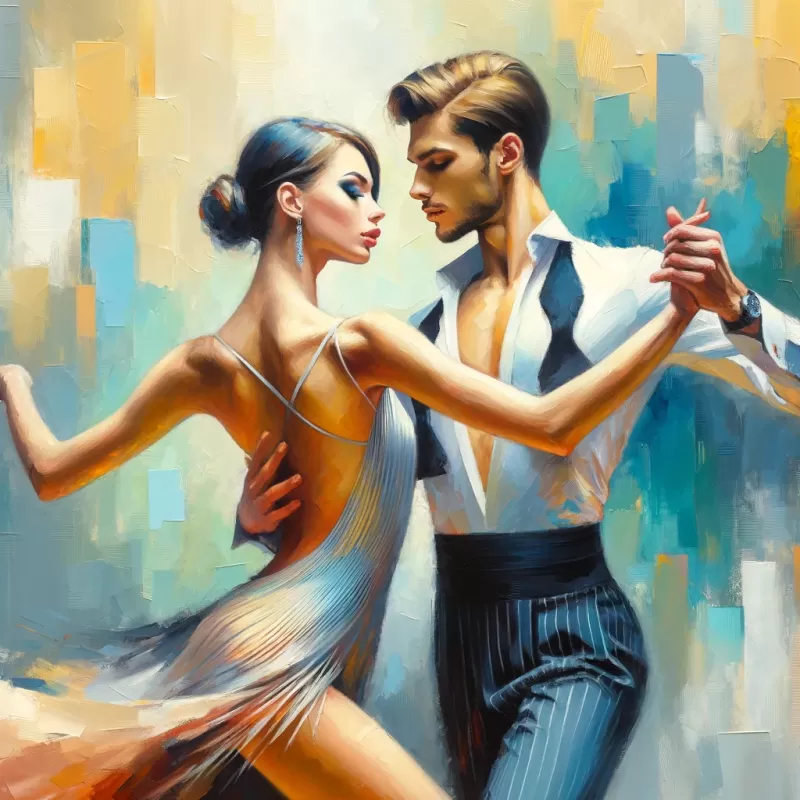
Step into the pulsating heart of American Rhythm, where each beat is a celebration of life's vibrant rhythms. Distinct from the poised elegance of American Smooth and the disciplined structure of International styles, American Rhythm is a dance form that encapsulates the spirit of freedom, expression, and cultural diversity. In this exploration, we will delve into the history, distinctive characteristics, and the infectious energy of American Rhythm.
The Soul of American Rhythm: American Rhythm is a category of ballroom dance that's distinctly American, comprising dances like Cha-Cha, Rumba, East Coast Swing, Bolero, and Mambo. It's characterized by its rhythmic movements, emphasis on hip actions, and playful interplay between partners. This dance style encourages personal expression and interpretation, making each performance a unique reflection of the dancers' personalities and emotions.
Characteristics That Set American Rhythm Apart: American Rhythm stands out for its exuberant energy and emphasis on syncopated rhythms. Dancers often adopt a more relaxed and free-flowing posture compared to the upright stance of International Latin or Standard. The focus is on creating a connection not just between the dancers but also with the audience, making each performance an engaging and interactive experience.
A Tapestry of Cultural Influences: The roots of American Rhythm are woven from a rich tapestry of cultural influences. These dances originated from various Latin American and Afro-Caribbean traditions, evolving and adapting as they were embraced in the United States. The result is a dance style that is both a tribute to its origins and a testament to the cultural melting pot that is America.
Exploring the Dances of American Rhythm:
- Cha-Cha: A playful and flirtatious dance known for its catchy rhythm and energetic movements.
- Rumba: A dance that tells a story of love and passion, characterized by its sensual movements and intimate connection between partners.
- East Coast Swing: A lively and upbeat dance that evolved from the Lindy Hop, known for its bouncy rhythm and carefree style.
- Bolero: A slow and romantic dance, combining the rise and fall action of Waltz with the Cuban motion of Latin dances.
- Mambo: A dynamic dance characterized by its explosive energy, sharp movements, and intricate footwork.
Embracing Diversity and Innovation: American Rhythm is not just a dance style; it's a celebration of diversity, innovation, and artistic expression. It continues to evolve, welcoming new influences and inspiring dancers to explore and push the boundaries of what ballroom dance can be. Whether in competitive arenas or social dance floors, American Rhythm offers a space for dancers to connect, express, and truly feel the joy of dance.
American Rhythm is more than just a collection of steps; it's a living, breathing expression of cultural vibrancy and personal freedom. As you swing to the lively beats of East Coast Swing or lose yourself in the romantic rhythm of Bolero, you're not just dancing – you're embracing a rich heritage and contributing to the ever-evolving story of American Rhythm.

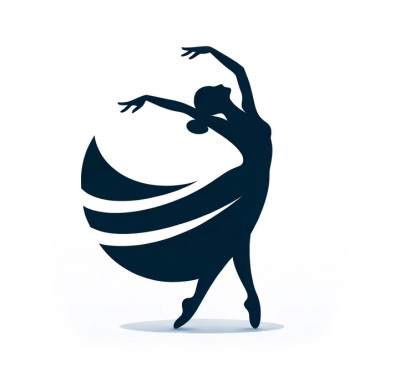
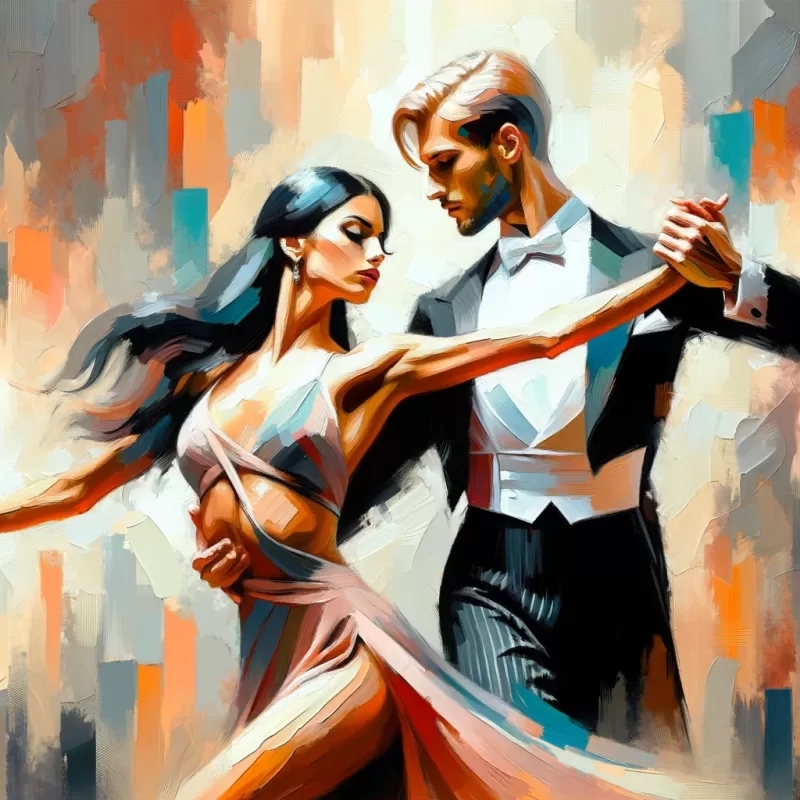
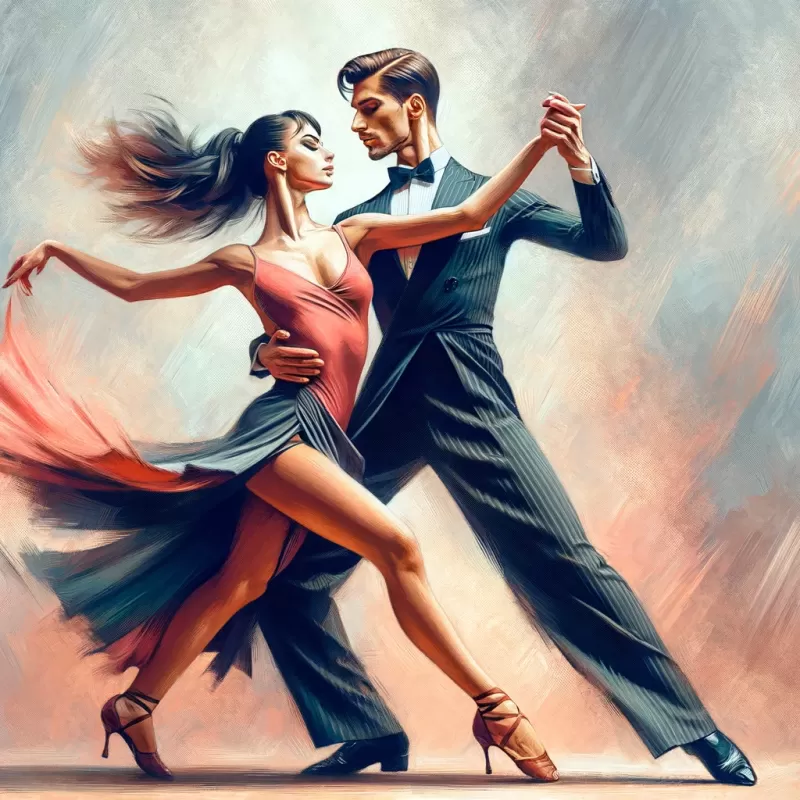
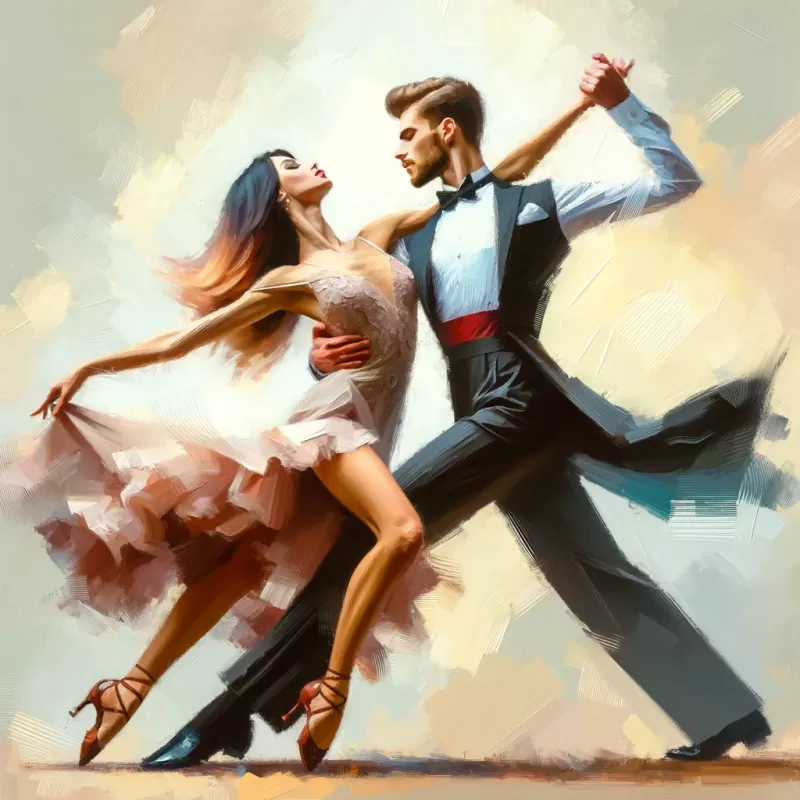
Comments (0)